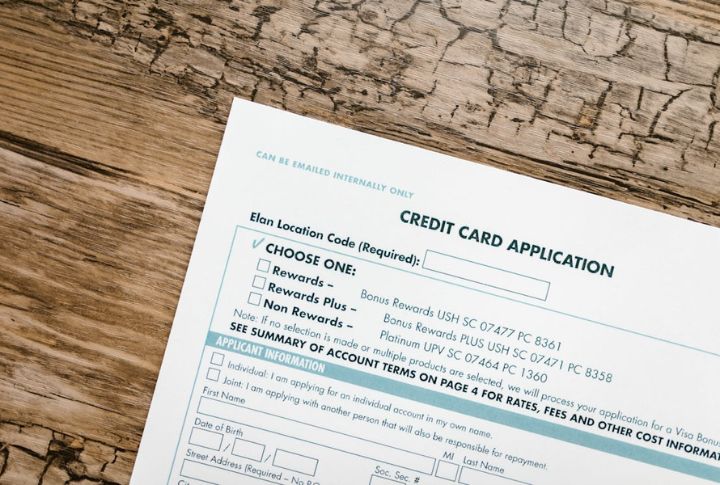
Your credit score influences everything from loan approvals to the cost of borrowing, yet its inner workings often go unnoticed. Many people overlook the everyday actions that quietly shape their financial reputation. Understanding how your score responds to these choices can make a real difference. The following list reveals how credit scores are categorized and which behaviors influence your rating most.
Excellent Credit Starts At 800

Reaching a score of 800 places you in a category that lenders rarely hesitate to reward. According to Experian’s 2023 report, only 22% of Americans achieved this level, which signals exceptional financial reliability. Borrowers here typically secure the lowest interest rates available. While a score of 800 places you in elite territory, the maximum credit score achievable is 850.
Good Credit Ranges From 740 To 799

This range covers nearly a quarter of U.S. consumers, and lenders usually fast-track approvals for applicants here. If your score falls between 740 and 799, you’re already in a strong position. Competitive loan terms and premium credit card perks are common. Overall, the range is still highly respected by lenders and offers strong financial advantages.
Decent Credit Falls Between 670 And 739

Experian’s 2023 Consumer Credit Review reveals that around 21% of Americans qualify for decent credit rates and access. While not top-tier, this credit range often marks the start of prime lending opportunities and provides a strong foundation for improving financial options.
Fair Credit Means Scores From 580 To 669

People in this credit range usually face higher interest rates. Yet, many auto loans and basic credit cards remain within reach. Timely payments can quickly shift this score upward into better territory. Scores in the 580–669 range are often labeled subprime, and lenders tend to approach them with increased caution.
Poor Credit Is Anything Below 580

Borrowing can become tough when scores fall below 580, where lenders view applicants as high-risk. According to Experian, 16% of Americans are in this group. Loan denials, large deposits, and unfavorable terms often follow. Just one missed payment can drop a score into this challenging category.
Beyond score ranges, let’s take a closer look at what shapes your credit over time.
Credit Utilization Should Stay Below 30%

Credit usage counts for 30% of your score, and using too much credit on one card signals financial trouble. When utilization stays under 10%, it shows strong financial discipline and helps improve your score faster than simply staying below the 30% credit limit.
Credit Age Builds Trust Over Time

Lenders look for longevity as the average age of your accounts reflects financial maturity and makes up 15% of your score. Closing older credit cards, even if unused, shortens your credit history. However, if you keep long-standing accounts open, even inactive ones, you’ll maintain a strong average and build long-term trust with lenders.
Payment History Impacts 35% Of Your Score

A single 30-day delay can slash your score by up to 100 points, making consistency essential. FICO weighs payment history more than any other factor. Even accounts marked “settled” remain visible for seven years, a persistent detail that reminds lenders of past financial behavior long after resolution.
New Credit Applications Temporarily Lower Scores

Each time you request a new line of credit, lenders perform a hard inquiry that may knock your rating down by up to 10 points. Multiple applications in a short span raise concerns about financial instability. Fortunately, pre-qualification checks are soft inquiries and won’t affect your score or trigger any penalties.
Diverse Credit Mix Adds Points

A well-rounded credit profile matters as FICO assigns 10% of your score to the types of credit you manage. Credit cards, auto loans, and mortgages each contribute differently; therefore, relying on just one form limits growth. Showing responsible use across varied accounts signals financial depth and improves your overall score.
